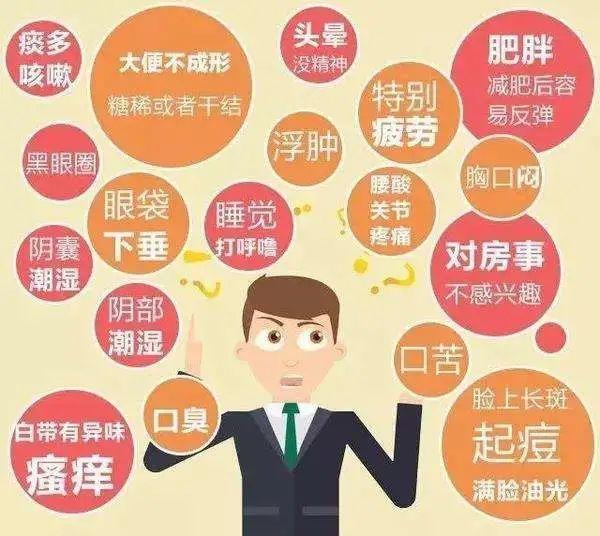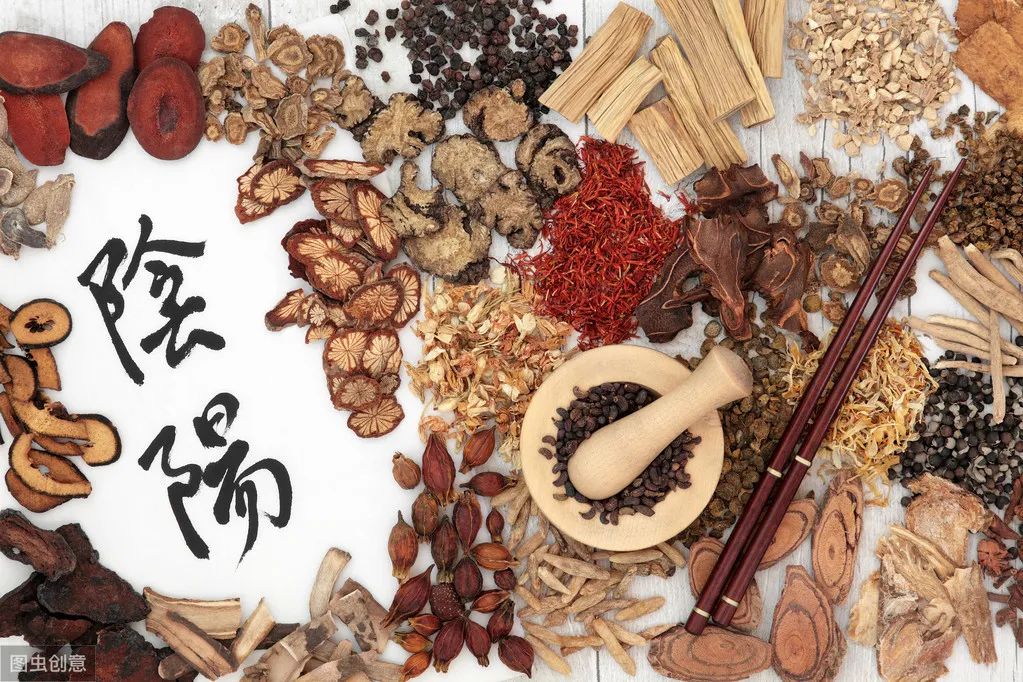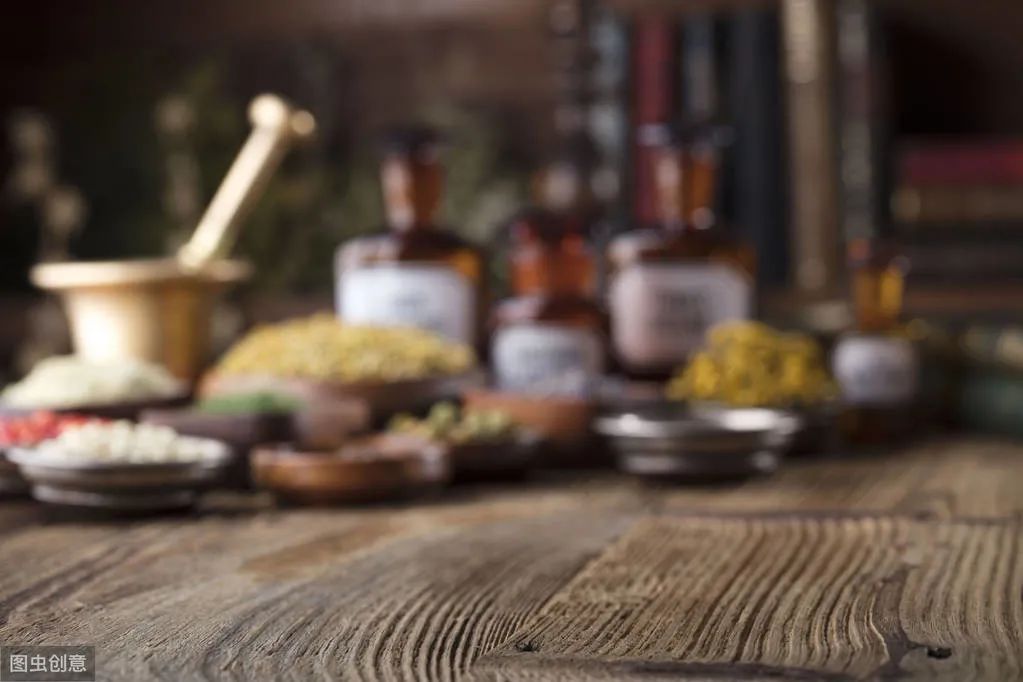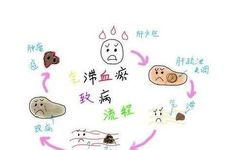Qi and blood are closely related in physiology, and their pathological conditions often cause and affect each other. Thus, it is said: “Qi stagnation often leads to distension, while blood stasis often leads to pain. The pain from Qi stagnation is usually distending and has no fixed location; the pain from blood stasis is often stabbing and localized.”
In modern life, people often experience a fast-paced lifestyle, high work pressure, frequent late nights, and lack of exercise, all of which contribute to the occurrence of Qi stagnation and blood stasis syndrome. Individuals with this constitution need to properly regulate their Qi and blood. So how can we improve the Qi stagnation and blood stasis constitution? Let’s hear what the TCM masters have to say.

Qi Stagnation and Blood Stasis Syndrome
Qi stagnation and blood stasis refer to a pathological state where Qi stagnation and blood stasis coexist. Qi stagnation and blood stasis syndrome occurs when Qi fails to circulate (due to functional disorders or decline), leading to obstruction or stagnation of blood flow, resulting in symptoms of blood fatigue.
Etiology
The Qi stagnation and blood stasis syndrome is mainly related to emotional stress and dysfunction of the liver’s ability to disperse. Qi is responsible for moving blood, and the circulation of blood in the body relies on the propulsion of heart Qi, the distribution of lung Qi, and the dispersal of liver Qi. Therefore, TCM believes that “Qi is the commander of blood,” and “when Qi moves, blood moves.” Additionally, external injuries such as falls or bruises can also lead to local Qi stagnation, causing blood flow to be obstructed, resulting in traumatic local Qi stagnation and blood stasis syndrome.
Self-Assessment for Qi Stagnation and Blood Stasis Constitution

1. Feeling weak or lacking energy when speaking, often feeling fatigued and unwilling to talk.
2. Pale or dull complexion.
3. Frequent palpitations, chest tightness, or intermittent chest pain, dark lips, and a tongue with purple coloration.
4. Symptoms such as stabbing pain in the hypochondrium, jaundice, poor appetite, and abdominal distension.
5. Limbs are prone to numbness or pain, with cold or hot sensations in hands and feet.
6. Women may experience abdominal distension and pain before or during menstruation, with a reluctance to touch. Menstrual flow may be scant or difficult, gradually increasing, with dark purple blood containing clots; pain decreases or disappears after the clots are expelled, often accompanied by breast and rib distension before menstruation.
7. Men may experience discomfort or heaviness in the lower abdomen, perineum, or testicles, or have blood in urine or semen. The tongue may appear purple or have spots of stasis.
8. The tongue may appear dark purple or have stasis spots, and the pulse is deep and thin.
Based on the above symptoms, can you self-assess whether you have Qi stagnation and blood stasis syndrome? If you already have this syndrome, let’s listen to the TCM master’s methods for regulation.

Regulation Methods
Today, we will discuss how to regulate blood stasis. When we mention blood stasis, we often think of the famous formula Xuefu Zhuyu Decoction by the renowned Qing Dynasty physician Wang Qingren. However, we will not be discussing that today.

Today, we will talk about the Po Yu Decoction created by Huang Yuanyu. The composition of this formula is primarily based on the principles of Gui Zhi (Cinnamon Twig) to soothe the liver and relieve depression; Gan Jiang (Dried Ginger) to warm the Yang Qi of the spleen and kidney; Dan Pi (Moutan Cortex) to clear the fire of the wood element; Fu Ling (Poria) and Gan Cao (Licorice) to drain dampness and strengthen the earth; Dan Shen (Salvia) and Tao Ren (Peach Kernel) to invigorate blood and resolve stasis; and He Shou Wu (Fo-Ti) to nourish wind and reduce dryness.
Huang believes that the primary cause of blood stasis is due to issues with the rising and falling of liver blood, stating that “when the liver blood is full, it rises directly; when it is deficient, it sinks; when it rises, it flows smoothly; when it sinks, it coagulates and stagnates.” In other words, if liver blood is deficient or liver Qi is sinking, it will lead to blood stasis. Of course, tracing back to the root cause, the main source of liver blood deficiency or sinking is due to “Kidney Yang deficiency,” which leads to an inability to generate the wood element. When the wood element cannot be generated, it results in “decline of warming Qi,” leading to “wood sinking and blood stasis.”
Regarding the main symptoms of blood stasis syndrome, Huang believes that “over time, it loses its luster, thus red turns to purple, and purple turns to black; the skin becomes dry, and the eyes appear dark and blue-black.” From another perspective, besides liver blood deficiency or sinking, there is also the issue of liver blood not rising. The root cause of liver blood sinking is “Kidney Yang deficiency,” but what is the source of liver blood not rising? Huang believes the root cause lies in the spleen, stating that “spleen dampness stagnates and suppresses the generation of Qi,” leading to “the liver having no upward path,” resulting in blood stasis.
Therefore, Huang believes that the principle for regulating blood stasis syndrome is that “the lower part should be warmed, while the upper part should be cleared,” because “warming allows wood to grow, and clearing allows fire to thrive.”

If at this time, the liver wood becomes depressed and transforms into heat, the regulation principle would not be to use warming methods, but rather clearing methods. However, the principles of medication for the spleen and kidney still remain warming and drying.
If we investigate the reasons for spleen sinking, it is mostly due to dampness of the earth, and the reason for earth dampness is primarily cold water. If the kidney is cold and the spleen is damp, it will lead to “failure of the middle Qi to operate,” and “Taiyin does not rise.” This pathological mechanism is essentially “water and earth dampness and cold, middle Qi is blocked, the monarch and minister lose their roots, and there is excess heat above.” This situation should not be mistaken for manifestations of Yin deficiency, leading to the misuse of “nourishing dampness and generating cold” medicines, otherwise, it may lead to regrettable consequences.
Guess you might like to read

